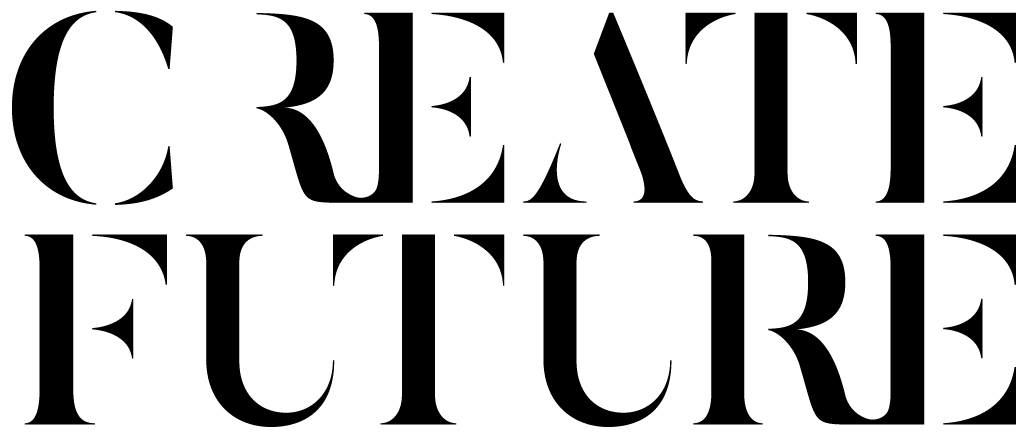The Case for Face-to-Face
Walking into a client’s office a couple of weeks ago, I was able to finally meet someone that I’ve worked with remotely over the past year, in-person. I was met with a shout of ‘Allan!’ from across the office, followed by a huge, and most likely rule-breaking, hug. And it was brilliant.
After 2 full years of seeing barely any clients, I’ve had 4 weeks on the trot of face-to-face meetings and workshops in Edinburgh, London and Dublin, while others in the team have been in the Netherlands and Germany.
There wasn’t much of an easing-in period; it went from nothing to lots in a very short timeframe as restrictions lifted and the appetite to meet in person returned. I’d only been in the office or studio with colleagues a handful of times in that period, so launching straight back into a few weeks of travel, to meet clients and take part in workshops off-site, was daunting. I was no longer used to it and, like most, had seen how our working lives could adapt perfectly well to working remotely.
CreateFuture as a business was largely built on doing in person sprints, sometimes in our studio and sometimes camped out in our clients’ offices. It was our thing and we did it very well. The pandemic forced the team to rethink this, allowing us to really master the art of the remote workshop. But, as a client service lifer used to getting out there and meeting people, I know that’s only a part of the full story.
Why face-to-face matters.
“As successful as remote working can be, we know that there are many, many benefits to meeting people face-to-face”
It allows you to pick up on things like body language and other non-verbal cues that might indicate more than is being said (or not said), making it much easier to read the room. It’s also easier to see when someone wants to speak, allowing things to flow more smoothly and minimising the stop-start that can sometimes hamper video calls.
It’s easier to build trust and stronger relationships, and to get to know people when you talk to them face-to-face. There is also an opportunity to talk more informally in those gaps in the workshop schedule, and that’s often where deeper connections are made.
It’s easier for everyone to concentrate on the task at hand and engage more fully with the other participants, without the distractions of other work messages or the doorbell going, which can make for more focused and more productive sessions.
Being able to have side chats during workshops to discuss one-on-one feedback and insights with client team members has always been a highlight. The ability to do this on the fly with colleagues is something that you don’t always get with remote working and can result in an even better workshop experience for everyone.
We’ll always be able to successfully do remotely what we do in person; that speaks to the ingenuity, flexibility and sheer will of the team here at CreateFuture. We do things for our clients in the best way possible with the tools available, and we are rightly proud of that.
We’re still debating how well hybrid workshops work, if indeed they do. We know that it’s important to ensure that all participants have an equitable experience in a workshop so that everyone can contribute to and benefit from the process in the same way, and with hybrid models that can be a real challenge. (Watch this space for more on this topic in future blogs.)
But we can’t deny that seeing people face-to-face brings an extra dimension, adding colour, nuance and complexity to everything that’s discussed. I’d forgotten about that simple joy of being in other people’s company for a while. People are always interesting. On screen too, yes, but the real deal is even better.
And now that we’re back on the road, I’m enjoying how much richer life can be when you can meet new people, talk things through and work on something together, in real life. And not just because it makes for successful and mutually-rewarding business relationships, but because we’re human, and it’s fun.
Look forward to seeing you in-person sometime soon!
